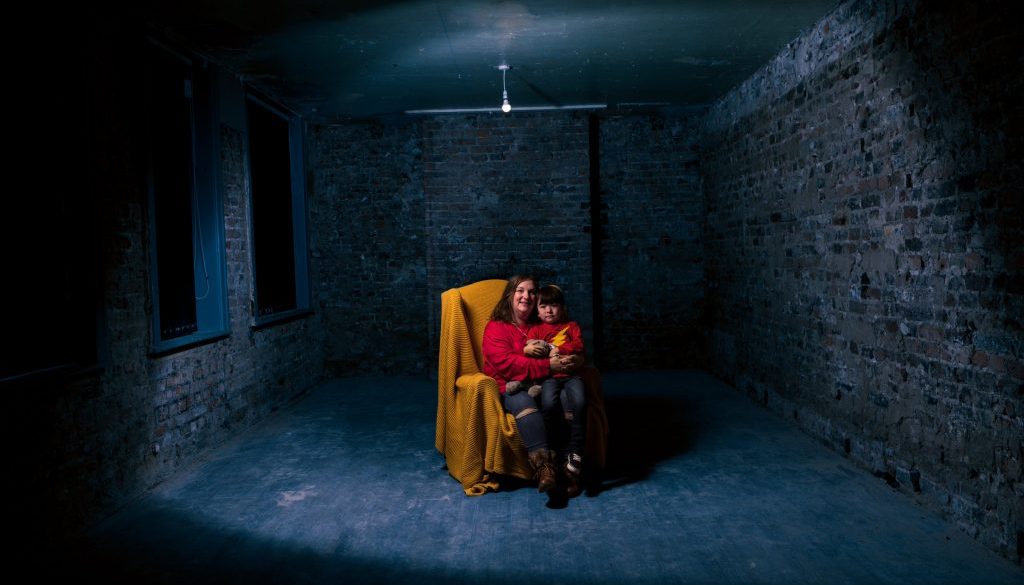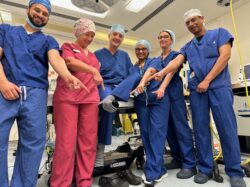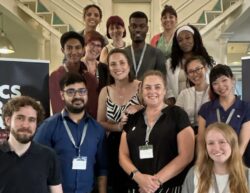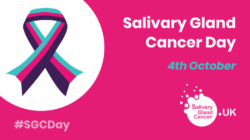30% Project: A Conversation About Baby and Child Death
In July Same But Different launched their latest exhibit, 30% Project, at The Houses of Parliament. This is a multimedia instalment that shares the experiences of those affected by baby and child death due to rare disease. Our CEO, Lucy McKay, attended the launch and shares her thoughts on the subject.
Same But Different
The work of Same But Different will be familiar to those who attended our annual symposium this February where M4RD was honoured to host their Rare Project exhibit. This not for-profit-organisation uses the arts for positive social change by working in partnership with organisations, communities and individuals to highlight inequalities and bring communities closer together.
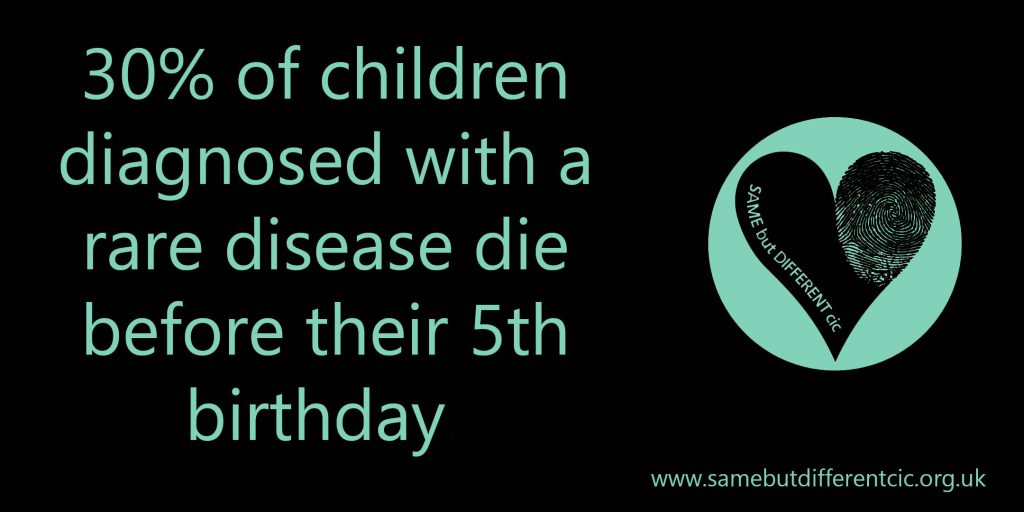
30% Project
30% of those affected by a rare disease will die before their 5th birthday. 30% Project has been designed to highlight this stark reality and give a voice to those who have lost their children to rare disease. It uses multiple different media including photography, video, mementos of the remembered children and 3D sculpture in order to create a deeper picture of the families involved.
Whilst the project, by its very nature, is a difficult topic, we wish to encourage dialogue and highlight the importance of research to identify treatment options for those affected. Our aim is to immerse the public in the incredible journeys that families go on when their child is diagnosed with a terminal disease, whilst reflecting on the difficult times we will also highlight the joy and strength that arise from these experiences.
Same But Different
In a community driven by hope for a better future (better technologies, faster diagnosis and better treatments) it can be hard to stop and face the worst case scenario. To recognise that many of the rare advocates out there are working hard and campaigning for change that will never benefit their loved one. Having grown up alongside a rare disease patient group that my mother founded nearly 40 years ago, I have seen how the dedication of those who have already lost children is incredibly powerful for driving change in the future. This exhibit is another example of what families are willing to give in order to raise awareness of a rare condition in the hope it will improve the prospects for those affected. With the 30% Project, Same But Different have given us a space to remember the children that have already gone but thanks to whom the rare disease field continues to make advances.
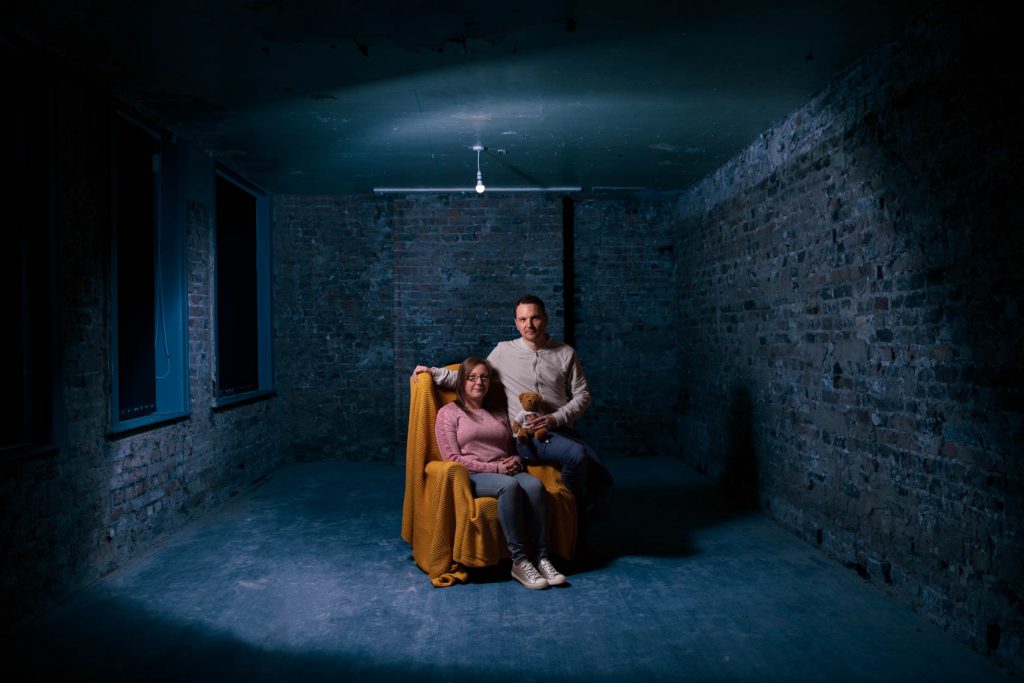
Remembering Those Who’ve Gone Too Soon
During the day we heard from Ceridwen Hughes, the photographer behind the exhibit, about her experiences of having a child with a rare disease as well as the creative process behind the exhibit. She described how generous the friends and families involved were when taking part in the 30% Project. Ceridwen enlisted the help of a local stonemason who specialises in 3D design to create the busts of the children being remembered. It was heartbreaking and yet uplifting to hear how one mum, who had only been able to hold her baby for a number of days, felt able to cradle him again as she sat with his likeness for hours. Fiona Dunne gave an honest account of what child bereavement has meant for her and her family. Two of Fiona’s children were affected by Niemann-Pick Type C and she touched on the effects of loss on their remaining sibling. A recurring theme during the day was the wish of families to share memories and talk about their child but finding people unable to manage with the conversation, not knowing what to say and finding it difficult to respond. This is reflected in a quote from Ryan’s parents that accompanies their photo and video interview.
Telling people that Ryan died can be a conversation stopper. I find that when someone asks how many children I have and I say 5 but 1 of them has passed away, they don’t really know how to respond, so that stops the conversation.
Ryan’s parents – Courtesy of Same But Different
The Impact of 30% Project
Everyone at the exhibit was affected by the stories they heard and after the talks by Ceridwen and Fiona, the mood had tangibly changed. People had tears in their eyes and were opening up to each other – in contrast to beforehand when perhaps people approached the exhibit with a certain amount of professional distance. For me it was clear that Ceri and her team are achieving what they set out to do: “take people on an emotional and information journey” and to “start the conversation”.
From my point of the view 30% Project is a stark reminder of why M4RD exists – only through a profession-wide attitude change towards rare diseases can we begin to support patients and families as they need to be supported. This includes ending the Diagnostic Odyssey. When the average patient takes 4 years to receive a diagnosis we must ask how shortening this time could drastically change the outlook for the 30%.
Please take a moment to look at photos, read the quotes and view the videos from those who took part in the 30% Project.

